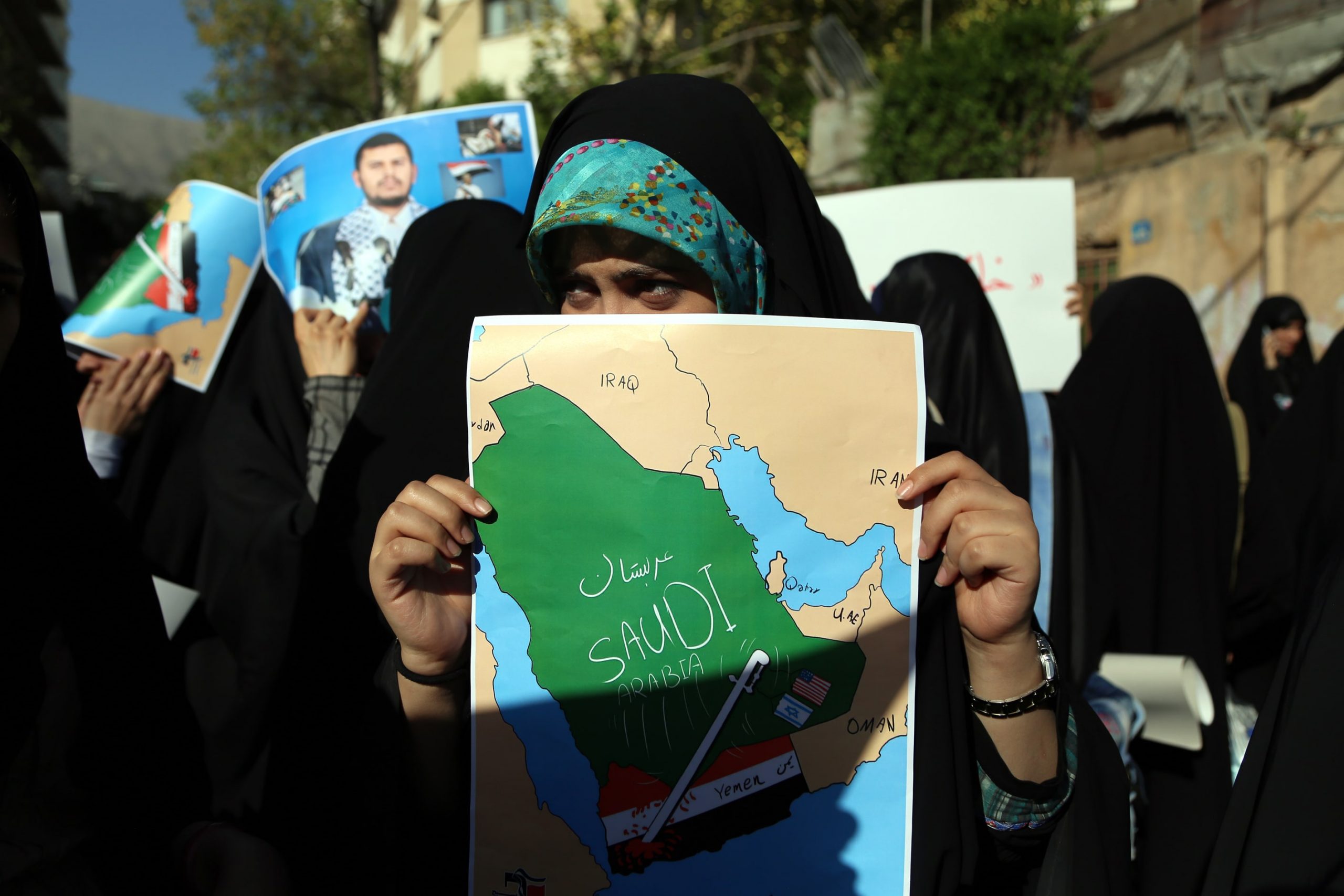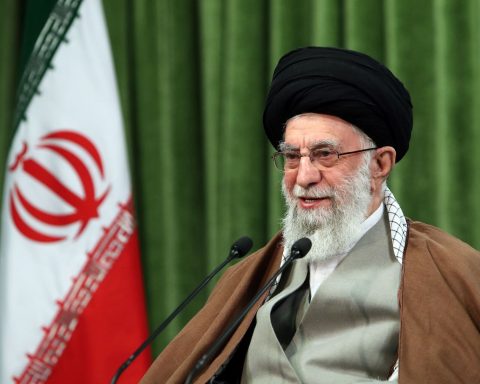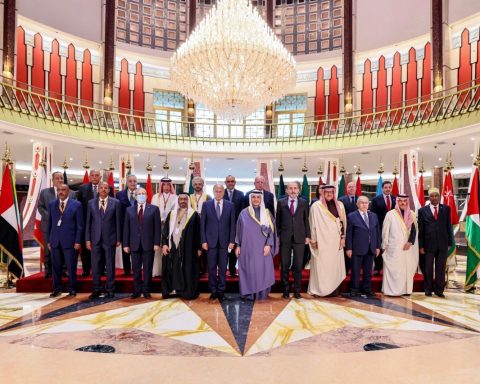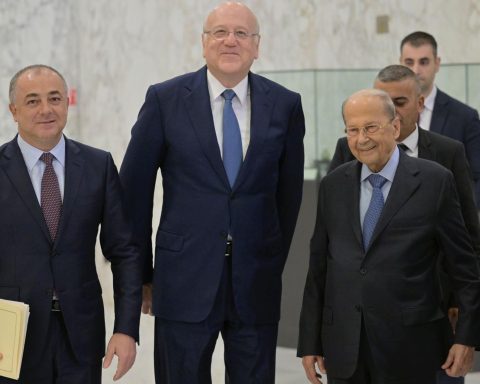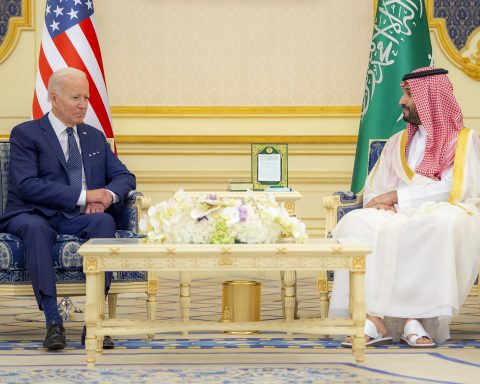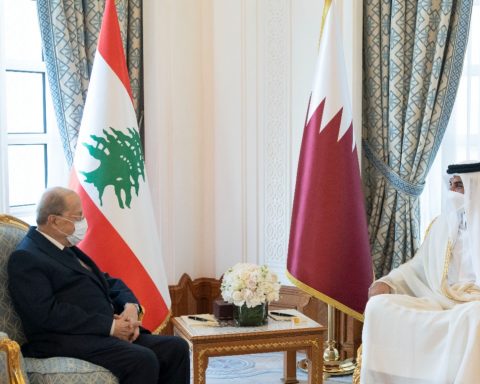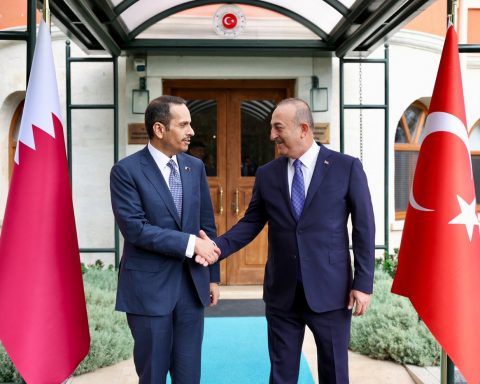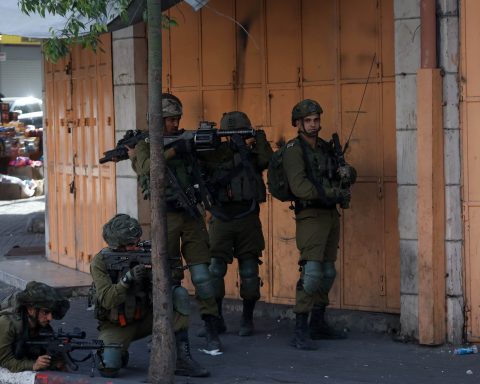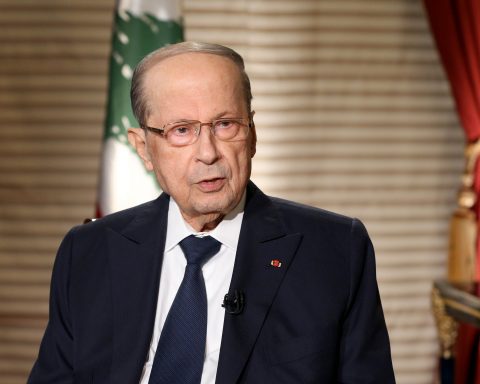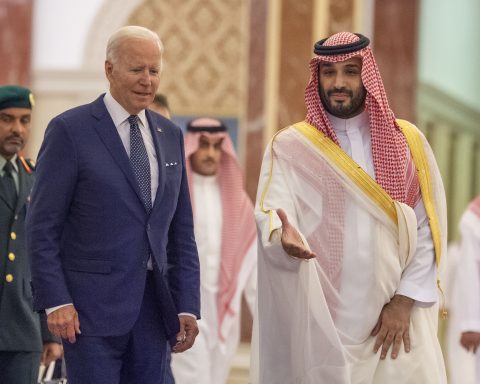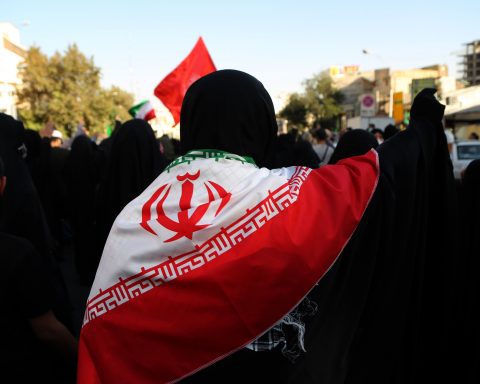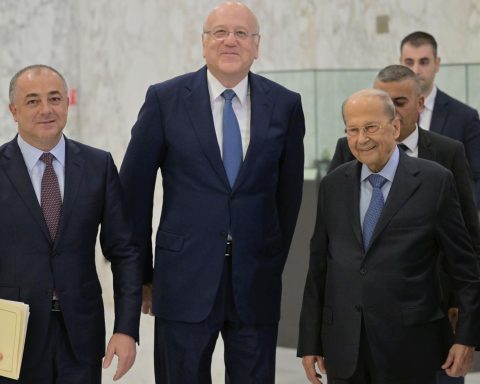In a statement by Saudi Foreign Minister Prince Faisal bin Farhan on October 3, it was confirmed that the most recent talks with Iran were held on September 21. The talks between Saudi Arabia and Iran, which took place in Iraq for the first time in April this year, marked the first negotiations since Ebrahim Raisi took office as Iran’s new president in August.
For more than two years, Saudi Arabia and Iran have been laying the groundwork for negotiations and have slowly moved toward doing so. Two years ago, Saudi Arabia started some diplomatic initiatives against Iran. These efforts intensified after the September 14 missile and drone attacks on Saudi Aramco facilities in 2019, believed to have been carried out by Iran. The attacks not only demonstrated Saudi Arabia’s vulnerability but also exposed Iran’s precision missile technology. Thus, Saudi Arabia’s decision to establish diplomatic relations with Iran was partly driven by a desire to avoid conflict and concerns about how dangerous tensions with Saudi Arabia had become. Another important factor was the growing belief that Iran’s relative regional power had declined significantly due to US sanctions and other pressures. In the context of the nuclear deal, by 2021, Tehran was not in an advantageous position in comparison to 2015, and its economy was in great distress. While Iran’s strategic and political power in Syria and Iraq has decreased somewhat in recent years, its relations with Turkey also tended to deteriorate. These and many other developments have convinced Saudi leaders to view Iran as less threatening than it did a few years ago.
As a result, in addition to the remarkably silent behind-the-scenes diplomacy, Iran and Saudi Arabia signaled their positive outlook on negotiation through various public symbolic messages. In particular, two articles co-written by Hossein Mousavian, Iran’s former nuclear spokesperson, and Saudi analyst Abdulaziz Sager, with strong links to the royal family, called for just such a dialogue. The first was in The New York Times in May 2019 titled, “It’s Time for the Leaders of Saudi Arabia and Iran to Talk”, and the second was published in The Guardian in January 2021 under the title, “We can escape a zero-sum struggle between Iran and Saudi Arabia – If we act now.” These articles were a strong message that both parties were willing to communicate more openly. It later turned out that Iranian and Saudi officials met in Baghdad on April 9, 2021, as reported by The Financial Times.
Of course, the US factor cannot be ignored in the dialogue between Iran and Saudi Arabia. Although there was a coldness in Saudi-US relations during the Biden period, the US and its policies lie at the center of Saudi Arabia’s call on Iran to the table and its tendency to soften. The change in the White House’s stance towards both Saudi Arabia and Iran has led to a compromise with Qatar in January 2021, a proposal to the Houthis for a ceasefire deal in March 2021, and now a search for dialogue with Iran. After Saudi Arabia and Iran started bilateral talks, a senior official from the US stated that the aim of the US was to reduce the tension in the region and that the meeting between all parties was a positive development. It is claimed that the reason why Biden was not involved in the said talks was the possibility that he would not be welcomed by the Iranians. While the US is wary of talks with Tehran in Riyadh, a senior US official speaking to VOA Persian said the US has “seen” reports of recent talks between Tehran and Riyadh. Furthermore, the official said, “The aim of the United States is to de-escalate tensions in the region, and we think it is a positive step, in this effort, that all parties talk to each other.”
Considering the decades-old history, geopolitical reasons and cultural/religious background of the Tehran-Riyadh rivalry, which stretches from the Levant to the Persian Gulf, polarizes the Middle East through the Shiite-Sunni and Arab-Persian divide, seen as the most destabilizing and dangerous rivalry in the region, it can be said that the animosity between the two sides will not be resolved in a short time through inter-delegation or summit meetings, and there is a high probability that it will spread to destabilizing regions such as Afghanistan. While the long-standing Saudi-Iranian rivalry escalated with the outbreak of civil wars in Syria and Yemen following the Arab Spring and the nuclear agreement signed between Iran and the P5+1 in 2015, the Iranian-backed Houthis took a dangerous turn in 2019 with their military attacks on Saudi oil facilities. Currently, the two countries are against each other in Yemen, and they are trying to strengthen their opposing positions in Iraq and Lebanon.
Iran’s Saudi Arabia strategy
With the Arab Spring, it can be seen that Iran changed its search for softening towards Saudi Arabia, which it previously followed during the terms of Hashemi Rafsanjani, Mohammed Khatami and Mahmoud Ahmadinejad, and has adopted a containment strategy targeting Saudi Arabia that it continues to implement. Having blocked Saudi Arabia’s search for hegemonic power in the Gulf region with the Qatar Crisis, Iran, together with Turkey, succeeded in using the strategic crack in the Gulf Cooperation Council (GCC). At the same time, it followed a strategy of consuming Saudi power in Yemen, invaded Saudi Arabian lands with the missile support it gave to the Houthis, and targeted the sphere of influence of Saudi Arabia abroad. Moreover, the current regional chaos has provided new opportunities for Iran to take control of some areas. Saudi Arabia, on the other hand, tried to form an anti-Iranian bloc based on US support during the Trump era, rather than developing a consistent strategy, and relied on the escalation of tensions between Iran and the US. However, it is the departure of Trump rather than the arrival of Biden, when considered together with other factors, that forces the Saudi administration to a foreign policy transformation.
Even though talks on normalization continue between the two countries, the expectations of Iran and Saudi Arabia ultimately differ. While Tehran looks favorably on the normalization of Iran-Saudi relations with a tactical approach, due to the extent of its relations with the US, Riyadh wants a solution that will eliminate its security concerns, especially in Yemen, which will end cross-border attacks. Accordingly, while the Saudis want real concessions, Iran is resisting with limited concessions on Iraq and Yemen. In this respect, Iran does not want to relieve its rival’s concerns without seeing concrete steps by Saudi Arabia. In addition, the reason of state of Saudi Arabia is not as clear as Iran. Uncertainty about where US regional policies are headed, the details of a possible agreement with Iran, the future of US military presence in Iraq, and the attitude towards Saudi Arabia and Crown Prince Mohammed bin Salman in US domestic dynamics make the situation more complicated. Such uncertainty shakes the reason of the Saudi state’s belief in the current need for a comprehensive deal.
However, for normalization to take place between the two countries, a multi-faceted effort is required beyond the meeting of senior officials. In a region where decisions are made at the top, bottom-up peacebuilding is not generally accepted as the way of managing conflict, but it is the constructive method. It is critical to promote changes at the popular level through educational exchanges, cultural awareness projects, and sports and art interactions in order to break down prejudices, and to initiate sustainable regional change processes. It should be noted with caution that, while the idea that the Tehran-Riyadh conflict, which has been going on for years, will result in normalization in the short-term is not an attainable goal, it is an urgent need for both countries to reduce tensions and support regional stability. Therefore, although the authorities of the two countries will not be able to reach a definitive solution, this process may contribute to the reduction of tension and regional stability.

